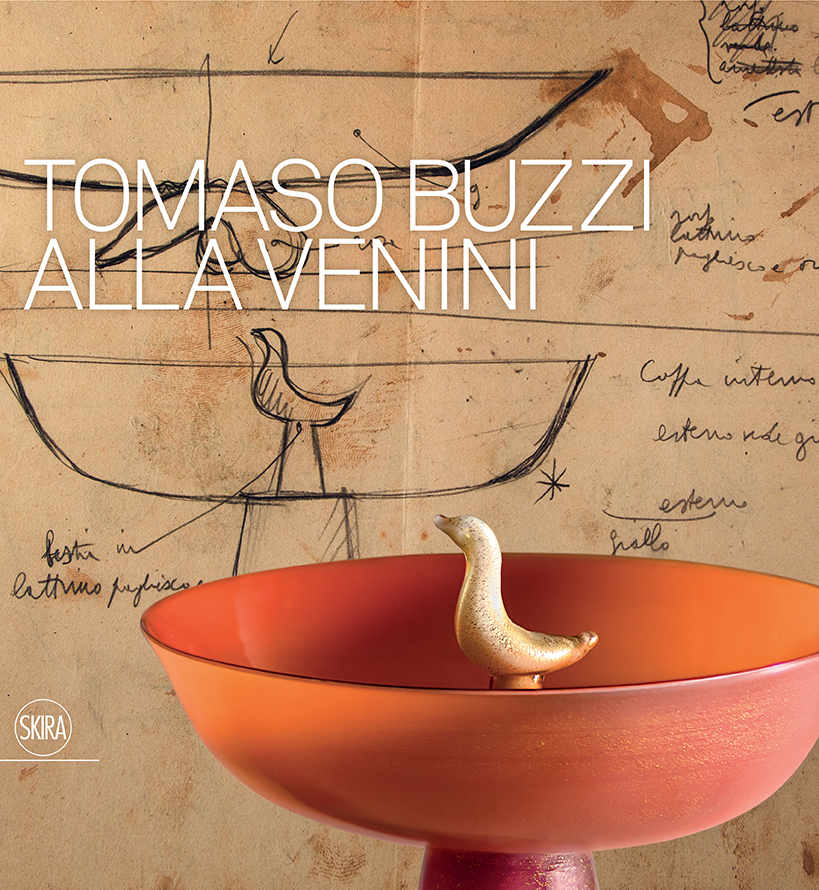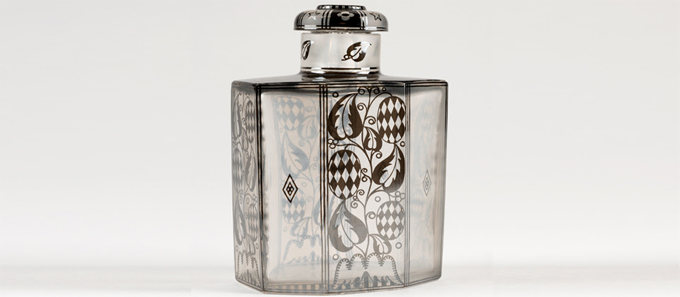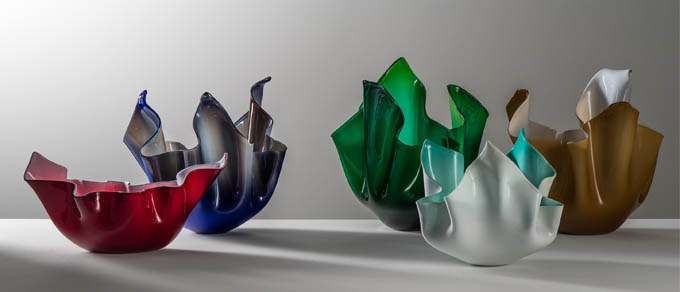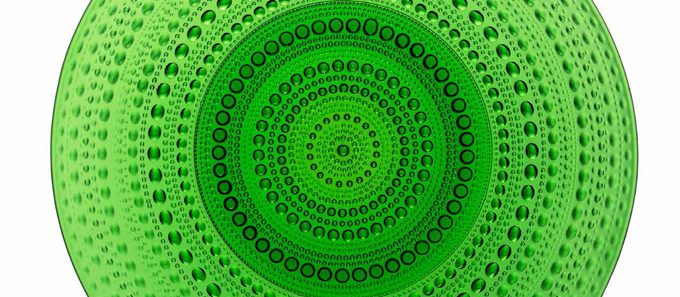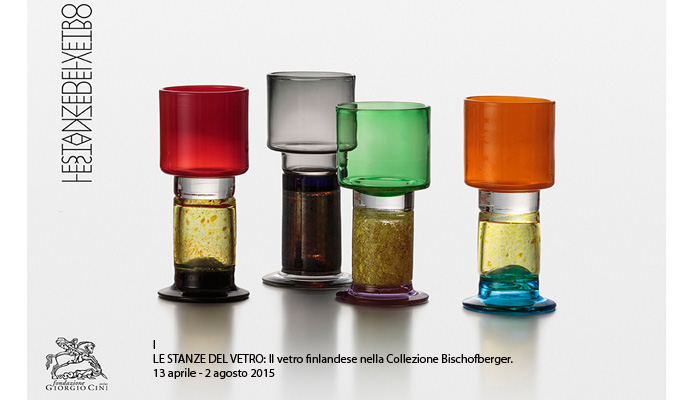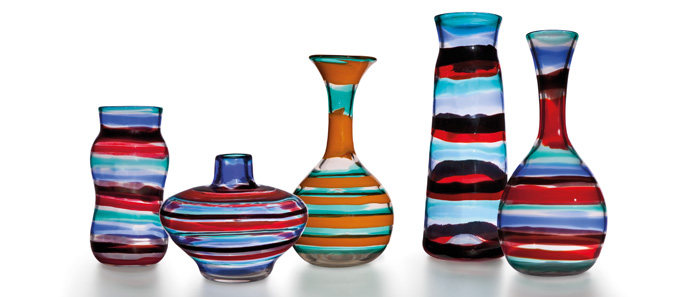On 13 April 2015 the exhibition Glass from Finland in the Bischofberger Collection will open on the Island of San Giorgio Maggiore. The exhibition is curated jointly by Kaisa Koivisto, chief curator at the Finnish Glass Museum in Riihimäki, Finland, and Pekka Korvenmaa, a professor at the Aalto University School of Arts, Design and Architecture, Finland. This significant single loan of over 300 works of glass art from the Bischofberger Collection is highly representative of the excellence of Finnish and international design. The exhibition will enable a wider public to experience the fascination and brilliance of glass art as they explore masterpieces by leading 20th-century Finnish designers: Aino and Alvar Aalto, Arttu Brummer, Kaj Franck, Göran Hongell, Gunnel Nyman, Timo Sarpaneva, Oiva Toikka and Tapio Wirkkala.
The exhibition offers a unique opportunity to see for the first time some very rare objects, often one-off pieces, which Bruno and Christina Bischofberger have passionately and discerningly collected over the last forty years. The unique nature of these objects highlights the original intentions of each artist or designer and makes this collection of Finnish glass one of the most important worldwide. Abundantly documenting the various historical periods, the works selected for the exhibition Glass from Finland in the Bischofberger Collection are laid out in an elegant itinerary that ranges from crystal items with the typical hues of the early 1930s up to the more colourful, at times even “psychedelic”, creations of the 1970s. The works by the sculptor and designer Tapio Wirkkala are particularly worth watching out for, and especially his series Ultima Thule: the glasses, jugs and vases are like blocks of ice, with “dripping” surfaces, creating an interplay of transparencies and reflections verging on the abstract. The bottle created for Finlandia Vodka, still in production, is one of the most accomplished and famous items in the collection. The fascinating, rich survey curated by Kaisa Koivisto and Pekka Korvenmaa for Le Stanze del Vetro on the Island of San Giorgio Maggiore presents the finest results from a century of glass production, enabling visitors to explore all the nuances and variations in a celebration of timeless designs of the very highest standard.
——————————————-
Free Educational Activities at LE STANZE DEL VETRO
Sundays in May LE STANZE DEL VETRO will host free activities and workshops for families and children inspired by the Finnish glasses in the Bischofberger Collection and by the external pavilion “Glass Tea House Mondrian” by the Japanese artist Hiroshi Sugimoto.
The most important family friendly events will take place from Saturday May 30 to Monday June 1, on the occasion of the Global Day of Parents, as a part of the national initiative “Kidpassdays: let’s discover the city together!”
SUNglassDAY. Family Sundays to discover art glass
Sunday, May 10, 24 at 4pm; Sunday, May 31 at 11am and 4pm: guided tours for adults and kids to the exhibition “Glass from Finland in the Bischofberger Collection” with workshops for children (ages 5 – 10).
Trotting to the teahouse!
Sunday, May 17 at 11am and 4pm; Saturday, May 30 at 4pm: Japanese fairy tales and stories by Sabina Italiano with musical arrangement by Marco Centasso (contrabass)
Monday, June 1 at 11 am and 4pm: creative workshop drawing inspiration from Kaiawase, the ancient Japanese shell game (in collaboration with the Oriental Art Museum of Venice).
All activities, organized and run by Artsystem, require prior booking to be made no later than the Wednesday before by calling the free number 800 662 477 (Monday to Friday, from 10 am to 5 pm) or by sending an email to artsystem@artsystem.it. Limited availability.



